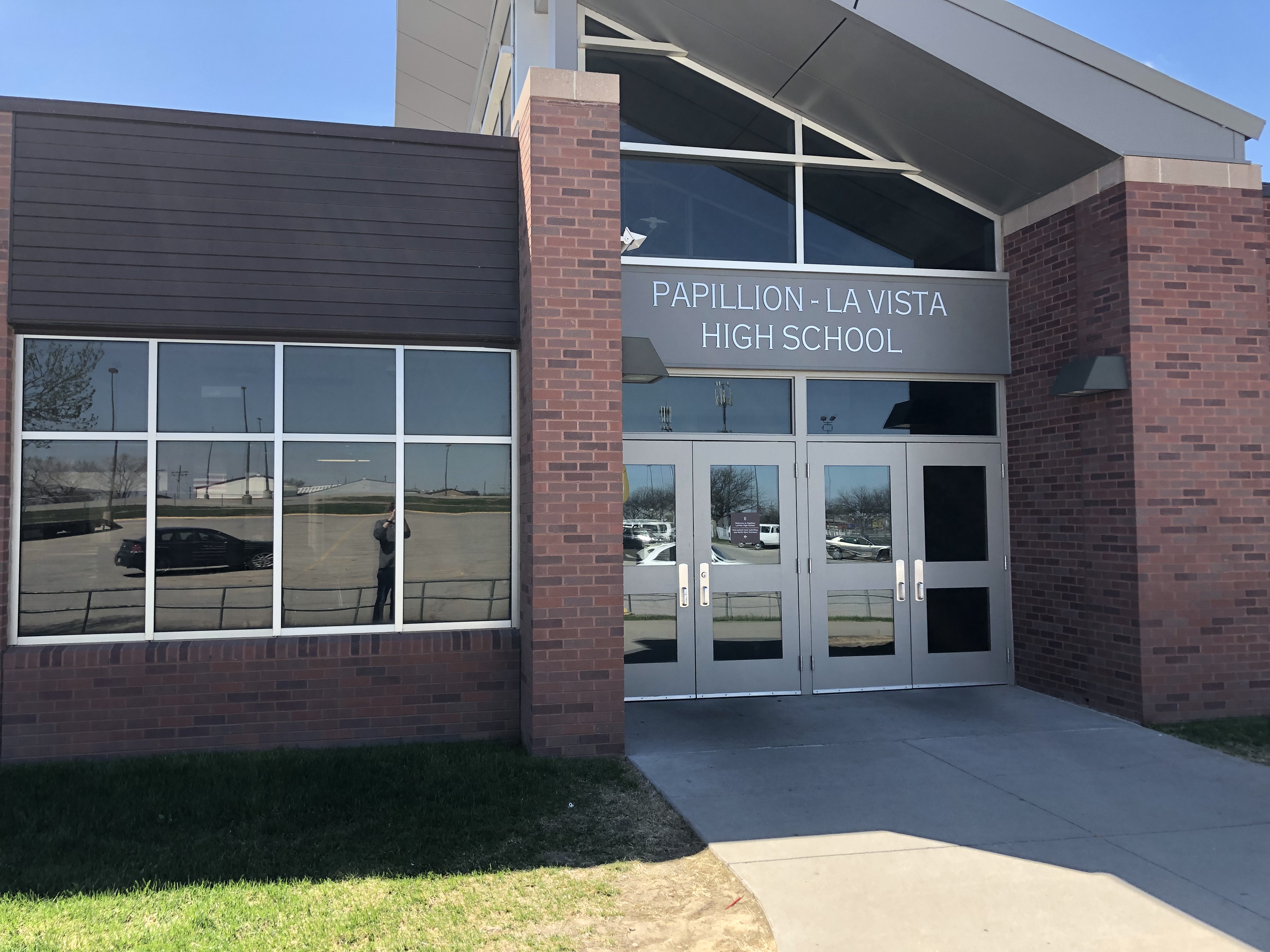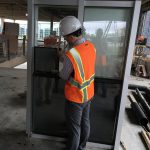Design Evolution of K-12 Schools: With Gary Lange
You have over 35 years of experience in mechanical systems design. How long have you been designing systems for K-12 schools?
26 years, my first project was in 1994 and it was an addition to Papillion Monarch High School. I had to look it up to remember for sure!
How did you get into designing K-12 schools?
Oh, that’s a good question! I didn’t look to do it. I think I just got assigned to it and ended up loving it. Like I was telling one of our interns, you work on a lot things and find what you like and gravitate toward it. That’s one of the things Alvine [Engineering] is great at, giving good opportunities.
What was the engineering process for a K-12 school like when you started?
There are a few differences that I remember then from what it’s like now. The biggest is that, before, there were a number of meetings between the Owner and design teams before any major design took place. There was more early design and collaboration at the beginning of a project than there is now. And the designs seemed less complicated back then!
“School districts are some of the nicest people to work with and it’s for students so, at the end of the day, working on schools is very rewarding.”

Modern schools incorporate more technology than ever before and many schools are moving away from a “traditional” classroom setting. How have you seen engineering design for schools change since you started?
This is an easy one! Schools’ focus has shifted a little bit to focus more on energy savings and student and staff safety. Daylighting has gravitated toward the top of the design list for many districts, incorporating more windows.
There is also more of an emphasis on durable materials that are low maintenance. For example, everyone knows the vinyl flooring that comes in squares that you find in classrooms. Well, now, this flooring can come in one sheet that stretches from wall to wall, eliminating seams that can attract dirt and so on. Schools pretty much have their budget and materials figured out before design and we fill in the gaps.
Do you feel like this eliminates the opportunity for creativity, then?
No, I don’t think so. You can still change the colors of the vinyl in the flooring and create seams to make a design if that’s what the Owner and/or Architect want to do. Plus, we can do a lot on our end with lighting. I don’t think anyone knew what LED lighting was going to do for design. Things like colored lighting and dimming still allow us to be creative. You can see it in projects like J.P. Lord [Elementary] where students can use touch pads to change the colors of the lights.
From airports to offices, COVID-19 has changed the way we see buildings and their role in our overall health. How has the pandemic impacted the engineering of schools today?
[At Alvine Engineering] we’re following ASHRAE guidelines as they adapt and change with new research and recommendations. Some of the specific design changes that we’re looking at include:
- Higher efficiency air filtration systems
- Options to operate HVAC systems 24 hours a day, seven days a week
- Increasing the amount of outdoor air going into the building
- Methods of virus sanitization
Change has always been a part of all types of building design, but COVID-19 has challenged us to be more innovative and adaptable than ever before. Schools are even more challenging because they’re buildings designed for kids, so we want to make them as safe as possible. That responsibility comes with some pressure, but I think I’m pretty lucky. School districts are some of the nicest people to work with and it’s for students so, at the end of the day, working on schools is very rewarding.
“I didn’t look to do it. I think I just got assigned to it and ended up loving it…you work on a lot things and find what you like and gravitate toward it.”

Gary Lange has worked on more than 250 K-12 educational projects throughout his career, including Gateway Elementary School in Omaha, NE; Liberty Middle School in La Vista, NE; and Johnston High School in Johnston, IA. He has developed a reputation as an expert in integrating systems that maximize indoor air quality, optimize energy efficiency, and are easily maintainable. His understanding of the factors affecting initial costs and long-term energy savings is invaluable to his clients’ ability to make informed system selection decisions.



